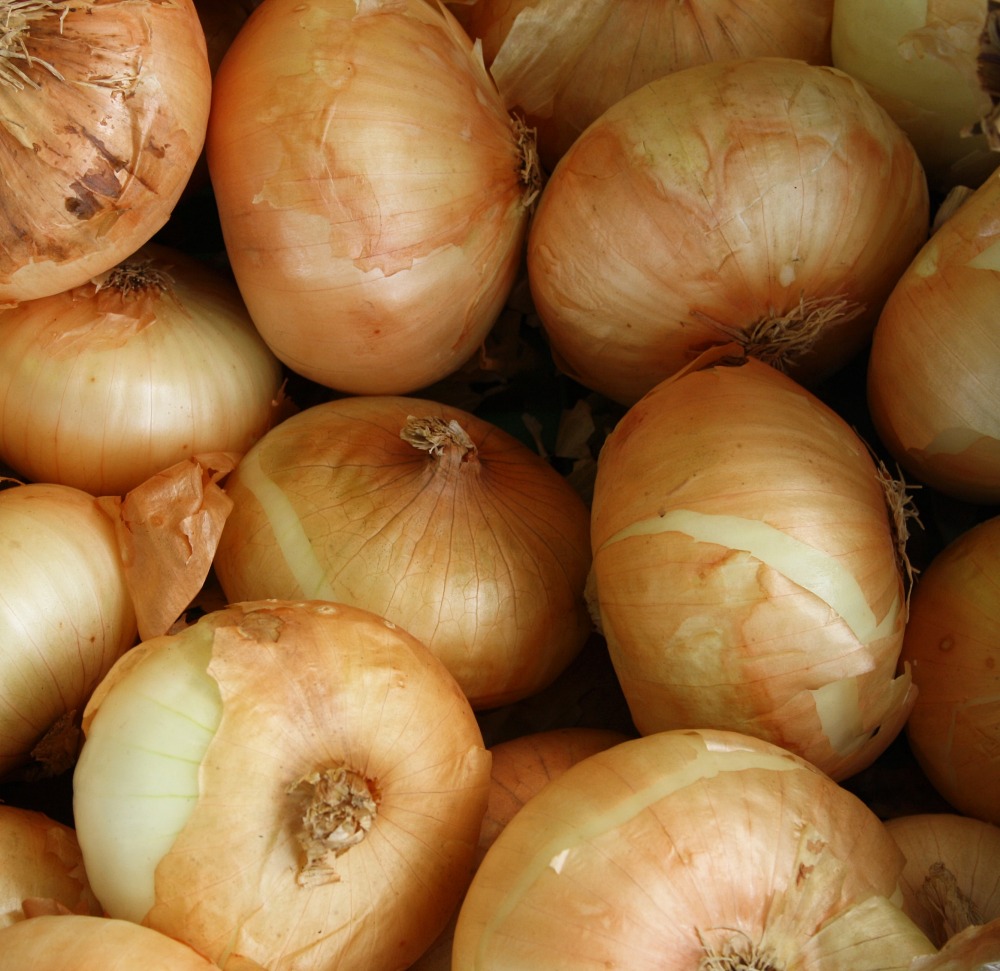Onions contaminated with Salmonella have been linked to cases of illness in 37 states recently. Now a recall is underway for red, white, and yellow onions sold in grocery stores and distributed to restaurants that may have been contaminated with this bacteria. This outbreak has led to 128 hospitalizations so far, though thankfully no deaths have been reported.

The onions in question were imported from Chihuahua, Mexico, through the supplier, ProSource Inc. The last time these onions were sent to the US was on August 27th, 2021. However, the Centers for Disease Control is warning consumers and restaurants to throw out any onions that they don’t know or remember the origin of since onions can be kept for months in storage.
Restaurants are being advised by the CDC to avoid serving raw onions at this time. Containers used to store onions are recommended to be thoroughly washed with hot, soapy water (or run through the dishwasher) so that no new onions will be contaminated.

It is unknown if onions from other suppliers could have also been affected by the same source of Salmonella. The states with the most cases of Salmonella infection linked to these onions were Texas, Oklahoma, Indiana, and Virginia. There is the potential that tainted onions affected people in other states, but due to unreported illnesses or mild cases, the true number of illnesses cannot be known.
Symptoms of Salmonella poisoning can appear between 6 hours and 6 days from exposure and can include diarrhea that can last for days, fever, vomiting, dehydration, dry mouth and throat, and feeling dizzy. Anyone experiencing symptoms should see a doctor if their fever reaches above 102˚F, if they have diarrhea that doesn’t improve after several days, or if vomiting is so severe that liquids cannot be kept down.
Children younger than 5-years-old and adults over 65 are the most at risk for serious illness when exposed to Salmonella. However, anyone who comes into contact with this gram-negative bacteria can become seriously ill.

Though Salmonella can be passed from person to person through contaminated water, food, or other contact, a 2008 study showed that the needle-like strings the bacteria use to swim is also what they use to attach themselves to vegetables. In this manner the bacteria can cut out the middle man as it were.
Veggies can come into contact with Salmonella through chicken or cow manure, or through an infected person handling the veggies during harvesting or cutting.













